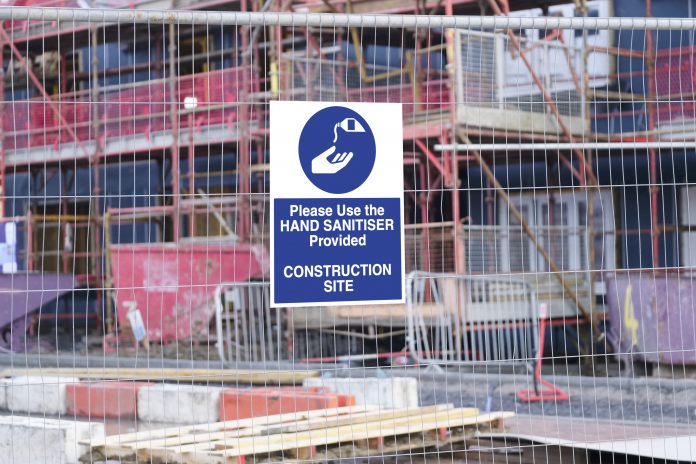The Construction Leadership Council (CLC) has released the fourth version of its Site Operating Procedures to include advice on face-to-face contact and one-way systems
The changes in Site Operating Procedures – Version 4 include:
- Removal of the requirement for face to face contact to be kept to 15 minutes or less
- The section on PPE now links to the latest Government guidance on face coverings
- References to one-way systems and the reconfiguration of seating and tables and an update on portable toilets
- The requirement to share risk assessments with the workforce
- Clarification on when to travel to work, as set out in the government’s Covid-19 Recovery Strategy
- Updated links and wording on social distancing.
The updated Site Operating Procedures are based on Government guidance on working safely during Covid-19 in the construction industry and other outdoor work.
Different restrictions and advice may apply in Scotland, Wales and Northern Ireland.
When workers enter people’s homes, they should follow the government guidance on Working in Other People’s Homes.
Construction sites operating during the coronavirus pandemic need to ensure they are protecting their workforce and minimising the risk of spread of infection. This includes considering how personnel travel to and from a site.
The Site Operating Procedures is intended to introduce consistent measures on construction sites of all types and sizes in line with the government’s recommendations on social distancing and ensure employers and individuals make every effort to comply.
The health and safety requirements of any construction activity must not be compromised at any time. If an activity cannot be undertaken safely, it should not take place.
Emergency services are also under great pressure and may not be able to respond as quickly as usual. This should be taken into consideration in the planning of work activities, first aid, fire and emergency responses.
Organisations must have in place effective arrangements for monitoring and reviewing their compliance with Government and industry guidance.
When to travel to work
The government says workers who cannot work from home should travel to work if their workplace is open.
Sectors of the economy that are allowed to be open should be open, this includes construction, manufacturing, logistics and distribution.
Sites should consider
- Parking arrangements for additional vehicles and bicycles
- Other means of transport to avoid public transport e.g. cycling
- Providing hand cleaning facilities at entrances and exits. This should be soap and water wherever possible or hand sanitiser if soap and water are not available
Site requirements
- Stop all non-essential visitors
- Consider introducing staggered start and finish times to reduce congestion and contact at all times
- Plan site access and egress points to enable social distancing – you may need to change the number of access points, either increase to reduce congestion or decrease to enable monitoring, including in the case of emergencies
- Introduce one-way systems
- Allow plenty of space between people waiting to enter the site
- Remove or disable entry systems that require skin contact (e.g. fingerprint scanners) unless they are cleaned between each individual use
- All workers to wash their hands for 20 seconds using soap and water when entering and leaving the site
- Regularly clean common contact surfaces in reception, office, access control and delivery areas e.g. scanners, turnstiles, screens, telephone handsets and desks, particularly during peak flow times
- Reduce the number of people in attendance at site inductions and consider holding them outdoors wherever possible
- Where loading and offloading arrangements on-site will allow it, drivers should remain in their vehicles. Where drivers are required to exit their vehicle, they should wash or sanitise their hands before handling any materials.
Read further guidance here.

















